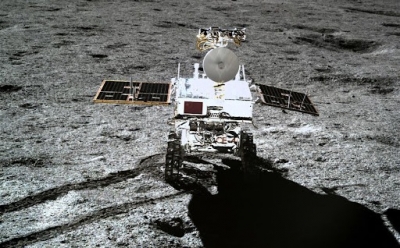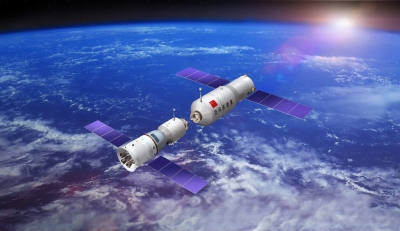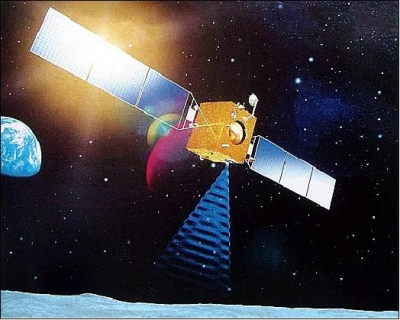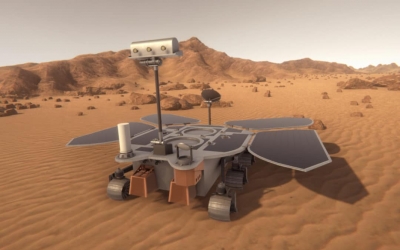In 2019, China's Chang'e 4, a lunar rover, successfully landed on the Moon. What's special about the mission?

Chang'e 4 is a robotic spacecraft mission, part of the second phase of the Chinese Lunar Exploration Program. China achieved humanity's first soft landing on the far side of the Moon, on 3 January 2019
The launch mass of Chang’e-4 spacecraft is about 3,780 kg. The mass of lander is about 1,200 kg and that of rover is 140 kg. As per the mission design, the rover is expected to explore the lunar surface for a period of three months while the lander’s mission would last for a full year. The lander has released a rover, called Yutu-2 (Jade Rabbit) for performing experiments in the Von Karman Crater. This is a large lunar impact crater which is about 180 km in diameter. This basin is located within a very big impact crater called the South Pole–Aitken basin (2,500 km in diameter and 13 km deep).
One of the most interesting experiments as a part of this mission was the one designed by the scientists from Chongqing University. This “mini lunar biosphere” experiment carried an 18cm bucket-like container holding air, water and soil. Inside this unit was carried cotton, arabidopsis – a small, flowering plant of the mustard family – and potato seeds, as well as fruit-fly eggs and yeast. The images sent back by the probe show a cotton plant has grown well, but so far none of the other plants had sprouted. Now, this experiment is over and sprouted cotton would decay in the container. This is for the first time in history that a biological matter has been flown to moon. Earlier, plants have been grown on the International Space Station (ISS).
Credit : ORF.online
Picture Credit : Google


